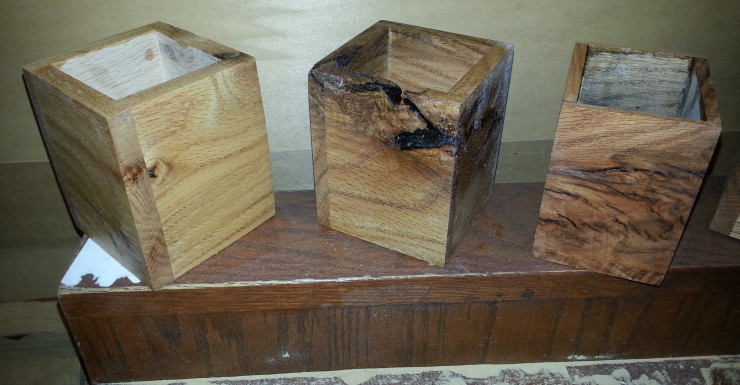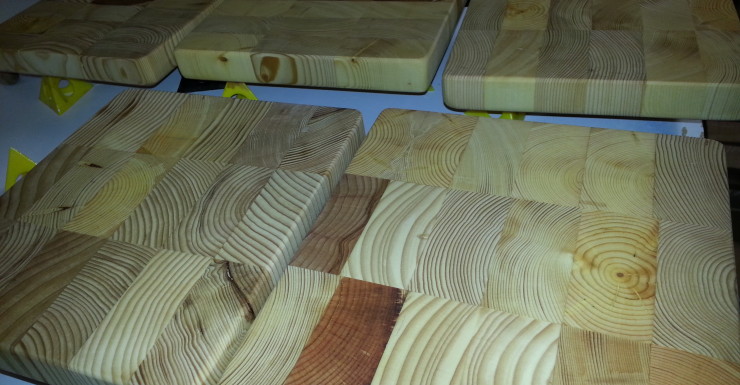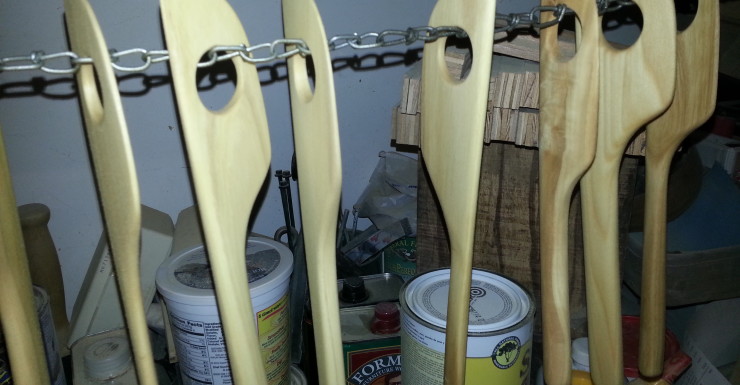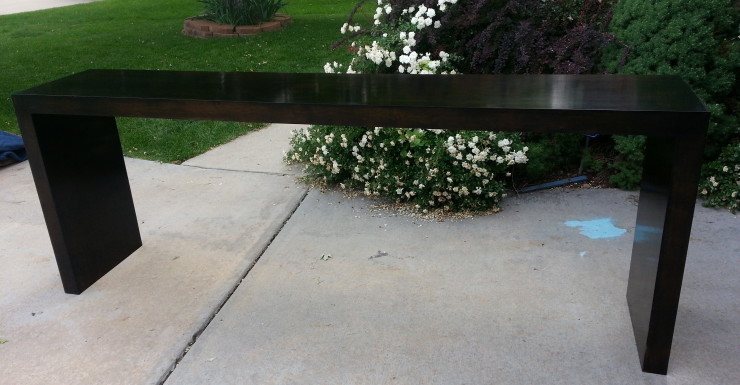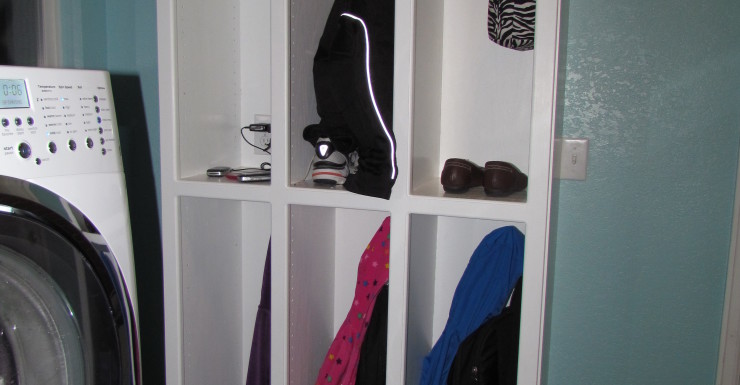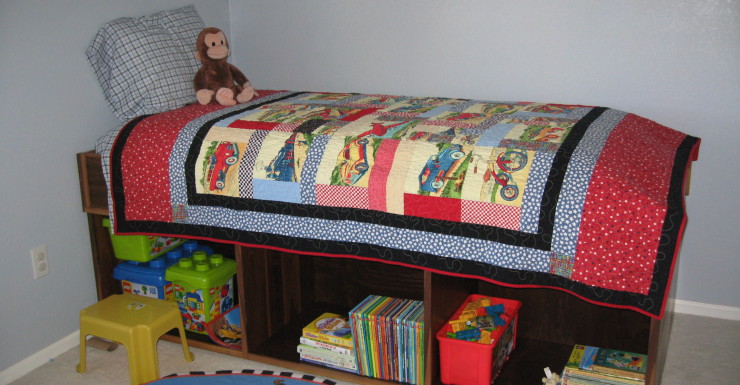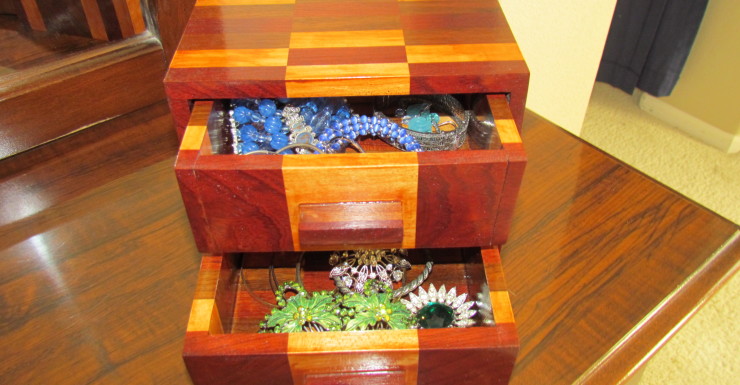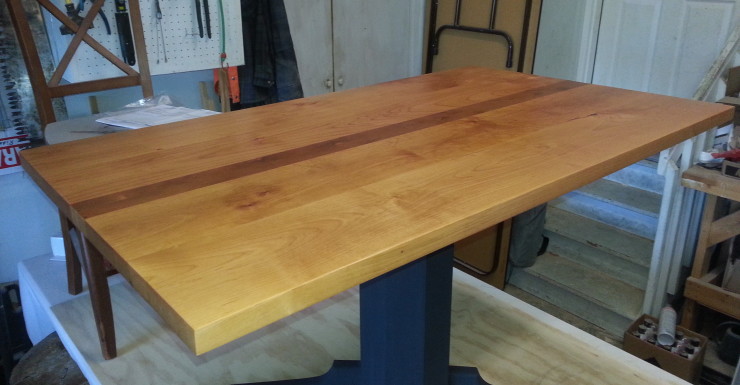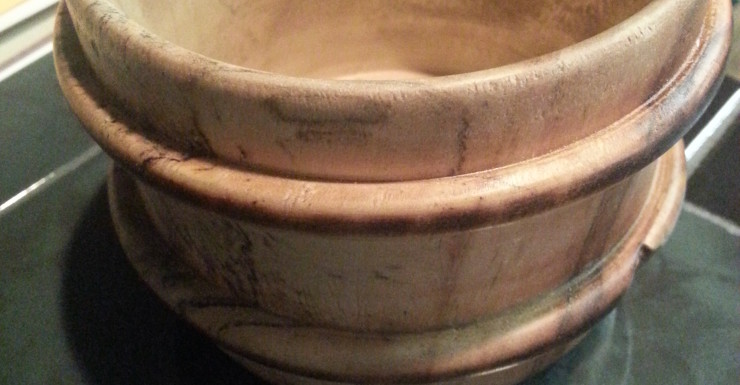With the rise of the Rustic Chic movement, we’re often asked “Can you make something out of this old wood?”
The short answer is “Yes, yes you can.” The long answer has many more questions involved prior to that “yes” that will require some thinking and preparation on your part.
Having a set design and plan in mind is always key – dimensions are crucial to insure you have enough materials. Take the time to gather pictures and create drawings, measuring your space, being sure to take into account angles of walls, and any trim you’ll be incorporating.
Once you have a design set, go get your wood! While palettes have beome popular for use, remember that many have been used in multiple warehouses, on multiple trucks across many locations, exosed to weather, grime, grease, dirt, and, most importantly, chemicals. If you still want to use them, go for it! Be sure check the pieces for stability – no one wants to finish a project only to find out a key piece has a split that compromises the structure! Barn wood or other building wood is also an excellent choice. Depending upon your geographic location, you may have an abundance of this reclaimed lumber, or you may have more luck finding the winning lottery numbers. The good news is, regardless of whether or not you have actual reclaimed lumber, or are using new lumber, you can achieve that same rustic weathered look.
Let’s address the reclaimed lumber first. Before you can start working with the lumber, it’s important to check each piece thoroughly for any nails, bolts, screws, staples, or any other pieces of metal. These will damage your tools and can ruin your piece. Remove them carefully, and dispose of them accordingly, or, save them for another project down the line if they’re in good shape. Next, you’ll need to clean the wood of any dirt, debris and evidence of bugs or critters. It goes without saying that no one wants their new piece of furniture or flooring to have a surprise after installation. As with any piece, selecting boards that need the least amount of milling possible is the best way to go.
If you’re using new lumber, rest assured you don’t have to let it sit for 100 years in your backyard to look weathered and worn, there are several options available to you.
As mentioned in our last Tips & Tricks, you can distress wood physically with many methods. There are also products that contain a mix of ingredients that will “instantly” age your wood. Simple solutions that brush on easily will begin reacting with the wood. Once dry, place the boards in the sunshine for anywhere from a few hours to a few months, and you’ll have that lovely weathered shimmery gray with those orange and golden tones. If you simply can’t wait that long for product to interact, you can choose from a variety of stains that will give the same color. Opt for a brush-on stain, oil or water-based, not a gel stain so as to allow the grain pattern to show through.
With reclaimed lumber, you’ll have to decide how much, if any of the character and roughness you truly want to keep. The ability to clean the piece may determine how rough you do or don’t want it.
Once assembled and stained, finish as usual, using a low-sheen prodct. This is the one time where I will always reach for the flat finish. The finish will protect the wood, but not detract from the roughness of the lumber and the overall feel of the piece.

